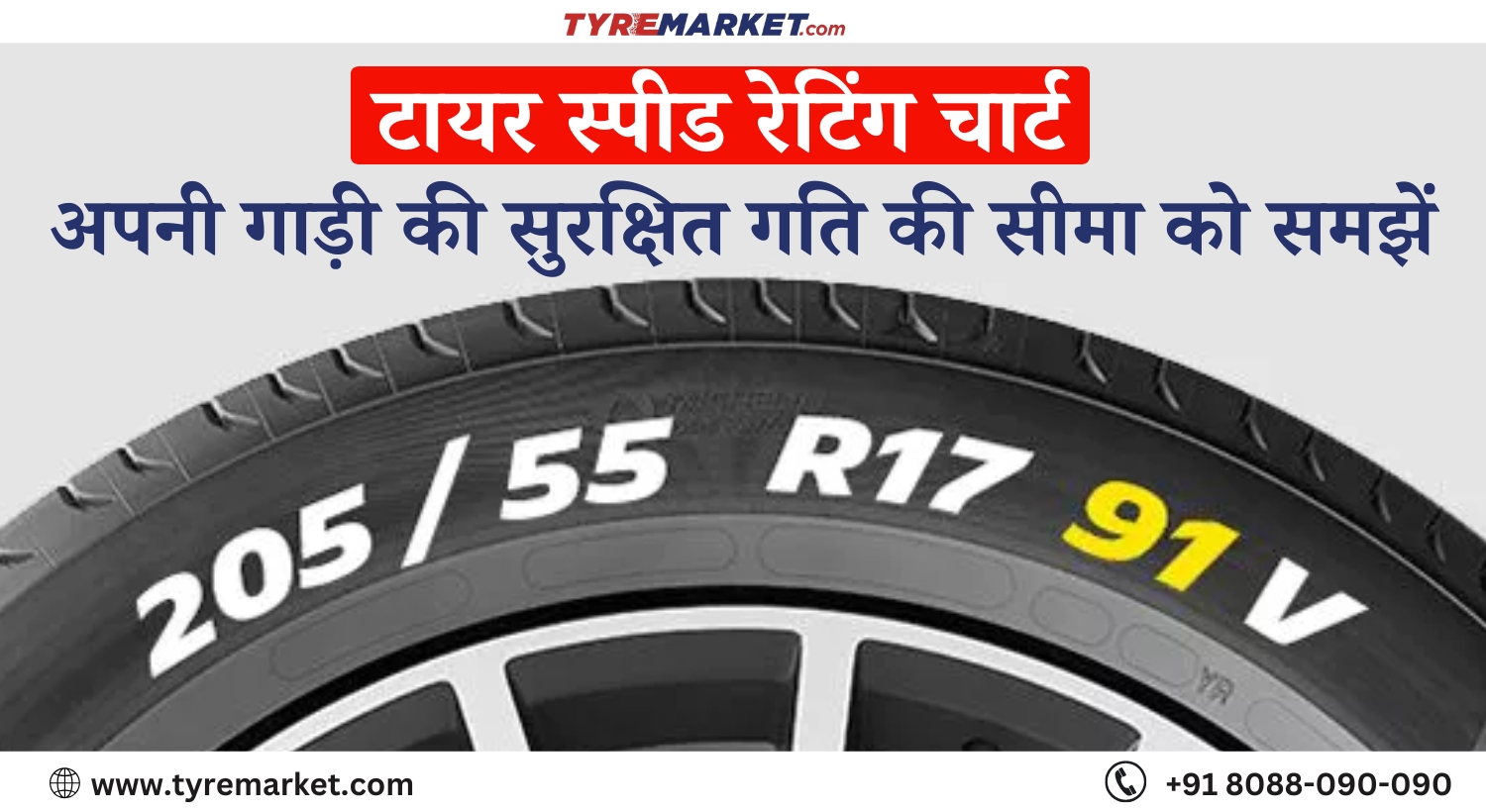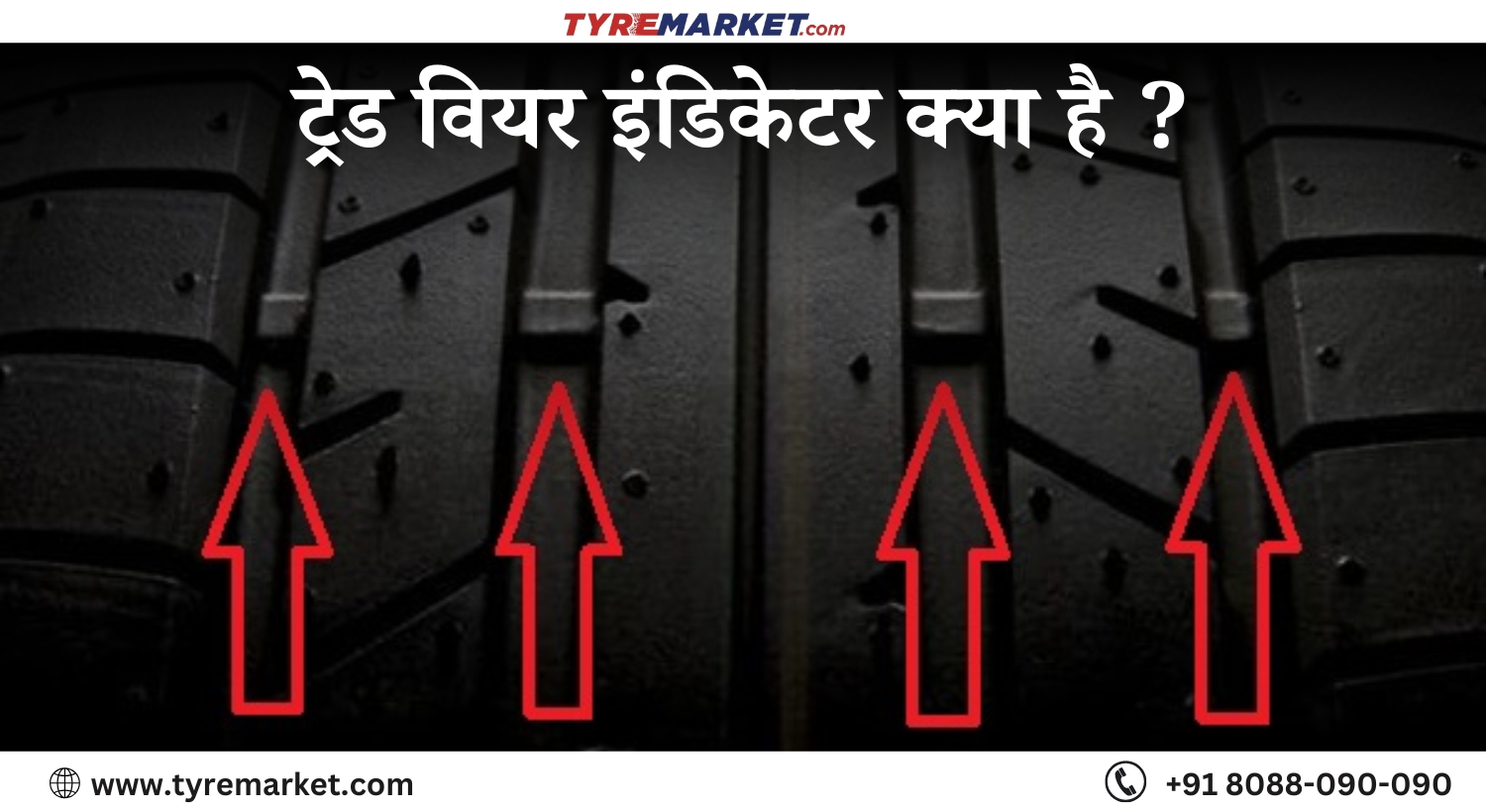In the majority of cases we often overlook some of the most vital parts of the vehicle drive, and tyres are one of them. Keeping a tab on tyres is extremely important just like we take care of our car’s oil and water. Among others, tyre air pressure is something that needs to be taken care of from time to time. Inappropriate tyre pressure not only causes the car to deliver poor fuel economy but also causes early wearing of tyres and, at times, it even leads to tyre blowout situations. Usually, during winters the air pressure is automatically reduced courtesy, low temperatures leading to tyre contraction, while in summers the air pressure witnesses a surge due to increased heat. Hence, it’s strongly advised to examine the tyre pressure of your car whenever the weather switches its mood.
Excluding the high-end cars, most of the passenger cars neither have any tyre pressure monitoring system nor have low tyre pressure alarm that indicates less amount of air in the tyres. As a result, we should keep a regular watch to stay on top of it. So, let’s know how to check tyre pressure in the following simple steps.
How To Check Air Pressure In Tyres?
Step 1

At the outset, the question arises where to check the tyre pressure or where is the recommended air pressure of your car written? You can find this information on the tyre itself. You can even get this information from car’s manual or on the inside of the driver’s side door. The ideal car tyre pressure for most of the sedans and mini-vans is in between 27-40 PSI (Pound Per Square Inch), for SUVs and heavy commercial vehicles, it lies around 45 PSI. Moreover, some of the vehicles might need different pressure for front and rear tyres.
Step 2

After determining the correct tyre pressure, remove the valve stem cap on the wheel. After removing this rubber or metal cap, insert the car tyre pressure gauge into it. If you hear a hissing air sound, then the angle of the air pressure gauge needs to be adjusted correctly. If you are using conventional gauge for tyre pressure check, the metered stick will show you the reading automatically.
After checking the air pressure, set your desired number on the air compressor to inflate your tyres to the recommended level, if needed. Connect the screws again on the valve stem and you are all buckled up to drive safely.
TIP – It is always advisable to inflate 10 PSI extra air pressure in the spare tyre/stepney.
 Help
Help
 Customer Care:
Customer Care:

 |
| 
 Help
Help










